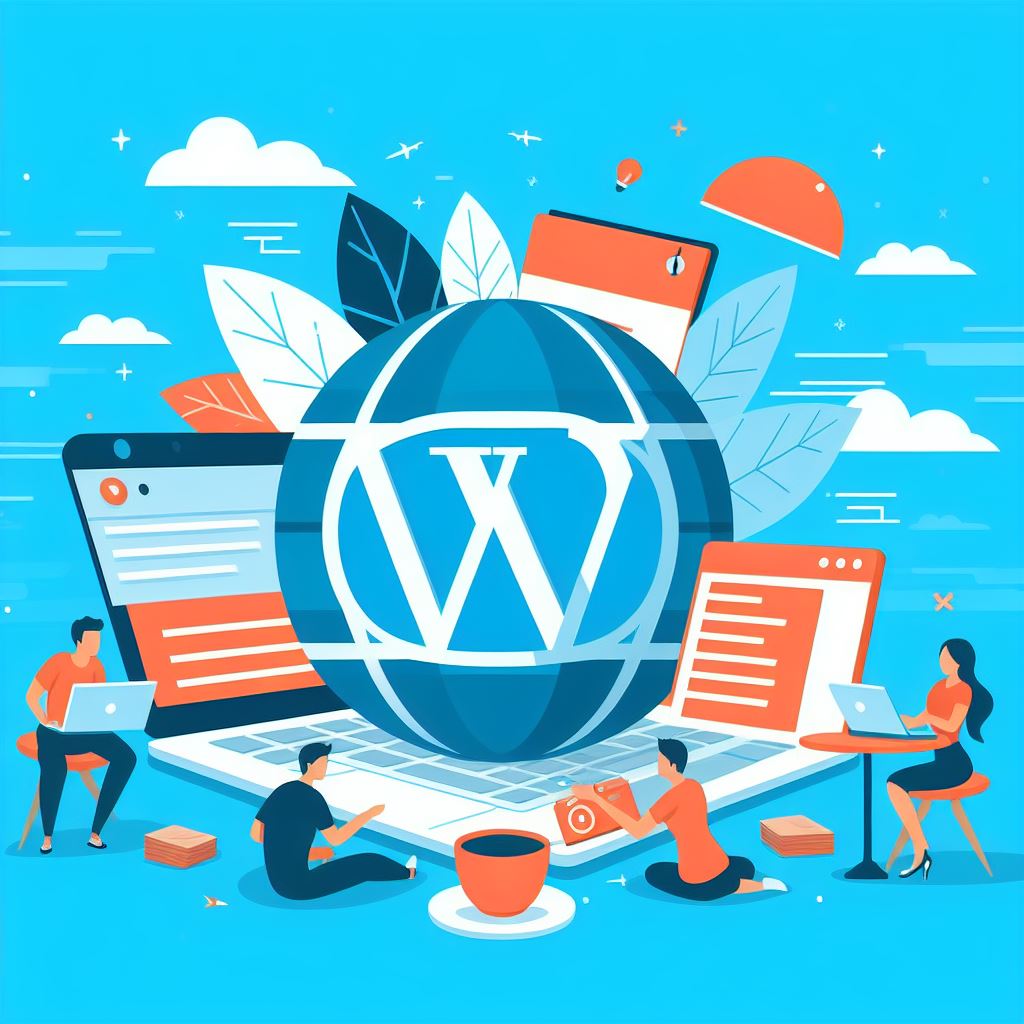WordPress, often abbreviated as WP, is a powerful Content Management System (CMS) that has revolutionized the way websites are created and managed. It has gained immense popularity due to its user-friendly interface, extensive customization options, and a vast community of users and developers. Let’s delve into the basics of WordPress and understand why it’s the go-to choice for beginners and experienced webmasters alike.
Understanding the Basics
What is a Content Management System (CMS)?
Before diving into WordPress, it’s crucial to grasp the concept of a Content Management System. A CMS is a software application that enables users to create, edit, and manage digital content, such as text, images, and multimedia, without the need for advanced technical skills. WordPress is one of the most widely used CMS platforms globally, providing an intuitive interface that empowers users to build and maintain websites effortlessly.
WordPress Features: Why Choose WordPress CMS?
User-Friendly Interface
One of the key reasons for WordPress’s popularity is its user-friendly interface. Whether you’re a seasoned developer or a complete beginner, navigating through the WordPress dashboard is a breeze. The dashboard is organized, and the menus are intuitive, allowing users to create and update content without any coding expertise.
Extensive Customization Options
WordPress offers a plethora of themes and plugins that allow users to customize the look and functionality of their websites. Themes determine the overall design and layout, while plugins add specific features and functionalities. With thousands of free and premium options available, users can easily tailor their websites to meet their unique needs.
SEO-Friendly Structure
Search Engine Optimization (SEO) is crucial for the visibility of a website on search engines like Google. WordPress is inherently SEO-friendly, providing features that make it easier for search engines to crawl and index your content. Additionally, various SEO plugins are available to further optimize your website and improve its search engine rankings.
Responsive Design
In the era of mobile devices, having a responsive website is essential. WordPress themes are designed to be responsive, ensuring that your website looks and functions seamlessly across various devices, including smartphones and tablets. This is not only user-friendly but also positively impacts your site’s search engine rankings.
Active Community Support
WordPress boasts a vast and active community of users, developers, and contributors. This community support is invaluable for beginners seeking assistance, troubleshooting issues, or exploring advanced features. Forums, tutorials, and online resources make it easy for users to find solutions to their queries and connect with like-minded individuals.
Setting Up Your WordPress Website
Choosing a Domain and Hosting
The first step in creating a WordPress website is selecting a domain name and a reliable hosting provider. Your domain is your website’s address, while hosting is where your website’s files and data are stored. Many hosting providers offer easy WordPress installation, simplifying the process for beginners.
Installing WordPress
Once you’ve secured your domain and hosting, installing WordPress is a straightforward process. Most hosting providers offer a one-click installation option, allowing you to set up WordPress with minimal effort. Follow the on-screen instructions, and within minutes, you’ll have a fully functional WordPress website.
Exploring the Dashboard
After installation, you’ll be greeted by the WordPress dashboard. This is your website’s control center, where you can create and manage content, customize the appearance, and access various settings. Spend some time familiarizing yourself with the dashboard to make the most out of your WordPress experience.
Creating Content with WordPress
Adding Pages and Posts
WordPress differentiates between pages and posts. Pages are used for static content like your homepage, about us, and contact pages, while posts are typically used for dynamic content such as blog entries. Adding pages and posts is as simple as clicking the “Add New” button and entering your content using the built-in editor.
Media Management
WordPress includes a media library where you can upload and manage images, videos, and audio files. The media library makes it easy to insert multimedia content into your pages and posts. Simply upload your files, and WordPress will handle the rest.
Advanced Features and Customization
Themes and Appearance
Choosing a theme is an exciting part of building your WordPress site. Themes control the overall look and feel of your website. WordPress offers a wide range of free and premium themes, and you can customize them further to align with your brand or personal style. Experiment with different themes until you find the one that suits your vision.
Plugins for Added Functionality
Plugins are the backbone of WordPress customization. These small software additions extend the functionality of your website. Whether you need social media integration, e-commerce capabilities, or SEO enhancements, there’s likely a plugin for it. Explore the extensive plugin directory, install the ones you need, and watch your website transform.
Conclusion
WordPress CMS has democratized website creation, making it accessible to individuals and businesses of all sizes. Its intuitive interface, extensive customization options, and supportive community make it an ideal choice for beginners. By understanding the basics, exploring the dashboard, and experimenting with themes and plugins, you’ll be well on your way to creating a stunning and functional website with WordPress. Embrace the power of WordPress and unlock the potential to share your ideas, products, or services with the world.



